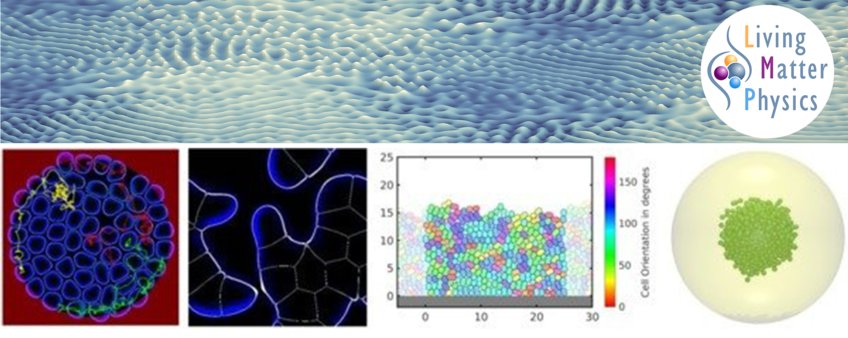
Dense Active Matter
How do active entities self-organize and perform in dense situations?
In dense configurations of active systems, short-ranged mechanical interactions such as adhesion or sterical forces, as well as chemical interactions will be increasingly important. The interplay between these effects will lead to new phenomena for self-organization, e.g. by defining specific domains or boundaries, or exhibiting new ways to respond to external stimuli.
The aim of the research theme is to understand the collective properties of active systems from the properties and interactions of the constituents. While this bottom-up approach is classical in condensed matter physics, we aim to focus on new features such as the 'activity' of the constituents, softness and deformability, the ability to switch between different states, and the role of hierarchical structure. We expect these features to lead to new phenomena that also demand the development of new theoretical and computational frameworks.
The figure exemplifies some of our works on this theme. On the left: motile cells competing for voids in confinement vs. a tissue-like state for high cell-cell adhesion. In the middle: a dense, growing bacterial colony. On the right: phoretic colloids clustering due to chemical interactions.